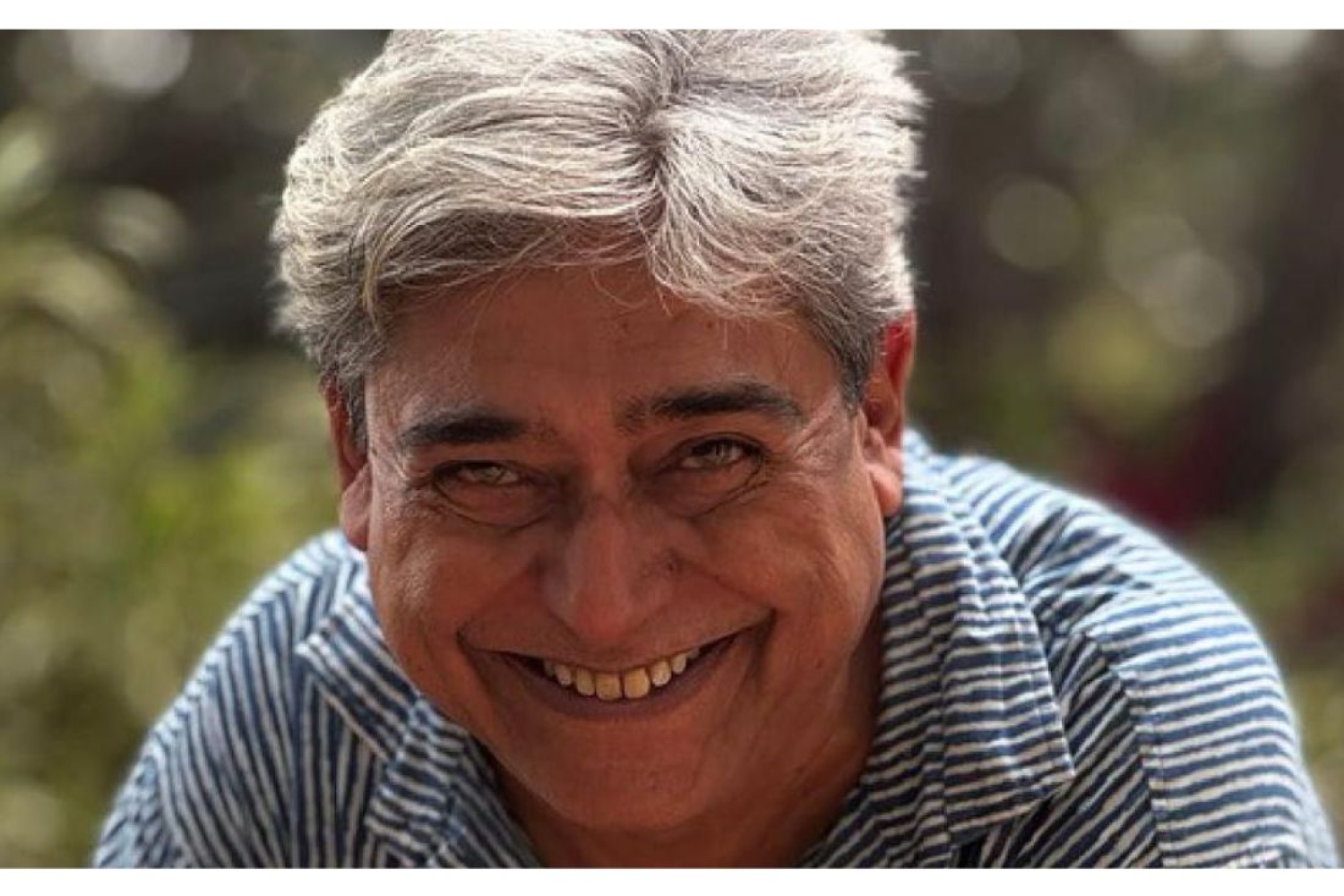

Alternatively, you could begin with a flight from the north of the city, from where you might see a slightly different picture. If you took a heading of south by south-west from Dum Dum Airfield, you would soon leave behind the hinterland, with its mosaic of factories and water ponds, and be juddering over the five-point crossing at Shyambajar. You would see that the roads around the big traffic circle are deserted. Stretching below you would be the road-net of a city from which people seem to have been erased. From this point over Calcutta, you might not see the smoke rising from Jodubajar, far to the south. From here, it may seem as though fire and rain are both gone, leaving traces that are too fine to draw into the frames of the story.
What you wouldn’t be able to discern from that height is the unusual silence that has stretched over one of the noisiest cities in the world and that this very temporary silence is made up not just of collective fear but also of a fully ignited mass rage that will take months and a special set of events to douse.

Continuing down Belgachia Road, you could bank sharply left as you came over Central Avenue. Following that wide stripe of road, you would spot the occasional moving dots on the treeless pavements, one or two people defying the curfew, maybe a pack of dogs running free, loping across the tram tracks in the middle of the boulevard, and then the army pickets increasing in number as you approached the government buildings and commercial buildings around Dalhousie.
You would cross the river, the cockpit windows rattling in the breeze coming over the water, and take the plane in a curve over the almost completed new bridge and Howrah Station. You would then come back over the Hooghly, perhaps flying over Governor House to slow down over the Great Eastern. In this approach, you would spot the dull olive-green vehicles lined up outside the hotel, the roof and bonnet of many of them painted with the white five-pointed star of the US Army.
In either case, whether flying in from the south or the north, looking down you would see a section at the southern end of the hotel’s terrace fenced off with high netting to protect a rust-coloured surface painted with a familiar design of neat white lines. With the sun strengthening towards what is sure to be a sweltering noon, on this rectangle of red-brown you would see two figures engaging in short dance movements, yanking their shadows this way and that in the jerky choreography of a game of tennis.
From the smack of the gut strings, the ball climbs and curves over the wire netting. Lambert’s eyes follow it as it drops, obeying the parabola initiated by the racquet until it passes the jut of the hotel building. It then develops a will of its own,plummeting straight down towards the lane below. The furry white orb parts company with the stained whitewash of the hotel and becomes a planet against the dark grey of the road. It hits the asphalt and comes back up, the dot enlarging and receding and enlarging again until it bounces quietly towards the hooves of a pony tethered to a jhurrie-gaadi. Before it can go under the horse, there is a blur of rags, a small child running to the ball, trying to grab it. The ball evades the first snatch, but the kid traps it on the second attempt, down on all fours now. The boy moves away from the jhurrie-gaadi, protecting the ball from the disinterested pony. A few feet down the street, he stops, looks around, squats down and brings the thing to his mouth, teeth ready.
Lambert’s stomach tightens as the boy bites into the ball. The boy’s head jerks back in shock, the dirty white wool unyielding, the hard rubber underneath hurting his teeth. But he doesn’t give up, turns the thing and looks for another opening. This time, the kid tries the seam, trying to suck it open, but the ball repels him again. The face turns upwards, and even from this distance Lambert can see the enlarged eyes, wide, staring at the sky, uncomprehending. The kid’s stomach heaves, trying to bring out a howl, but he can only manage a scraping of breath, not something Lambert can actually hear, yet he can. After a beat, Lambert realizes it’s his own breath that’s replicating what is beyond earshot.
A woman, not old, yet ancient in her movement, comes out from behind therow of horse carriages and bends over the howling boy. She takes the ball from his hand, examines it, smells it, and then flings it away towards the runnel of water at the edge of the road. She grabs the boy’s arm and drags him back into the shadows.
Excerpted with permission from HarperCollins India.
Date 19.02.2025